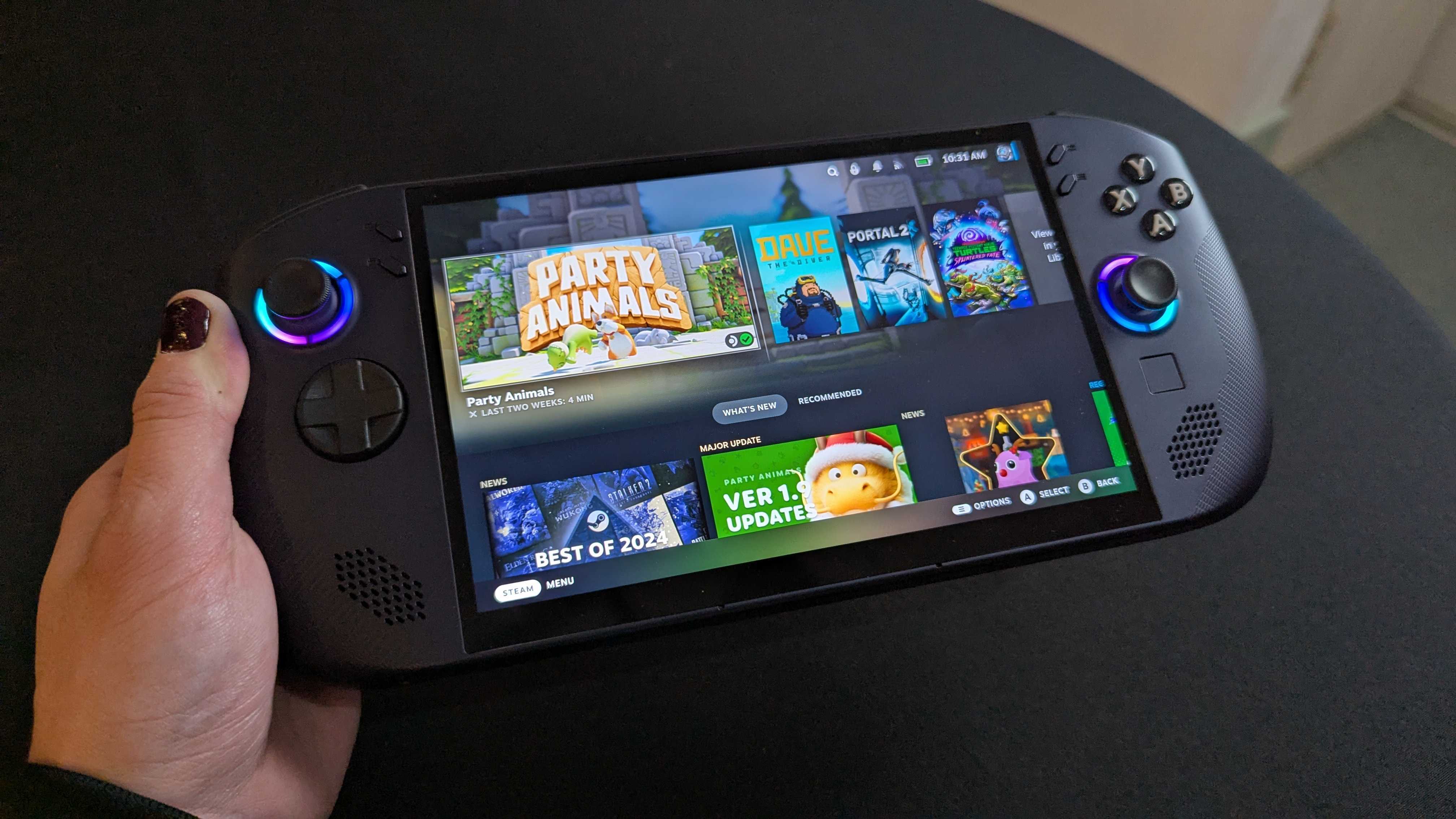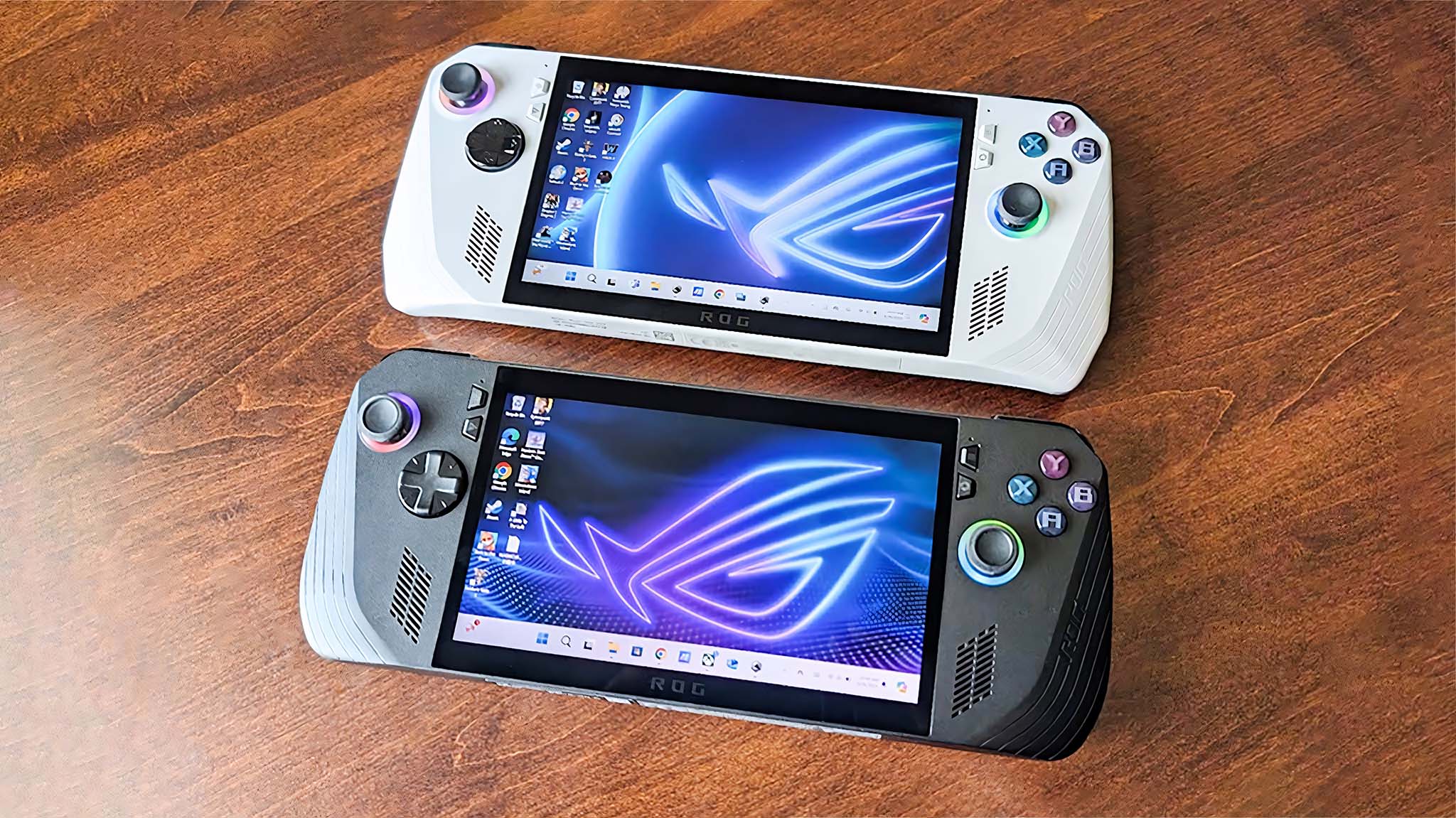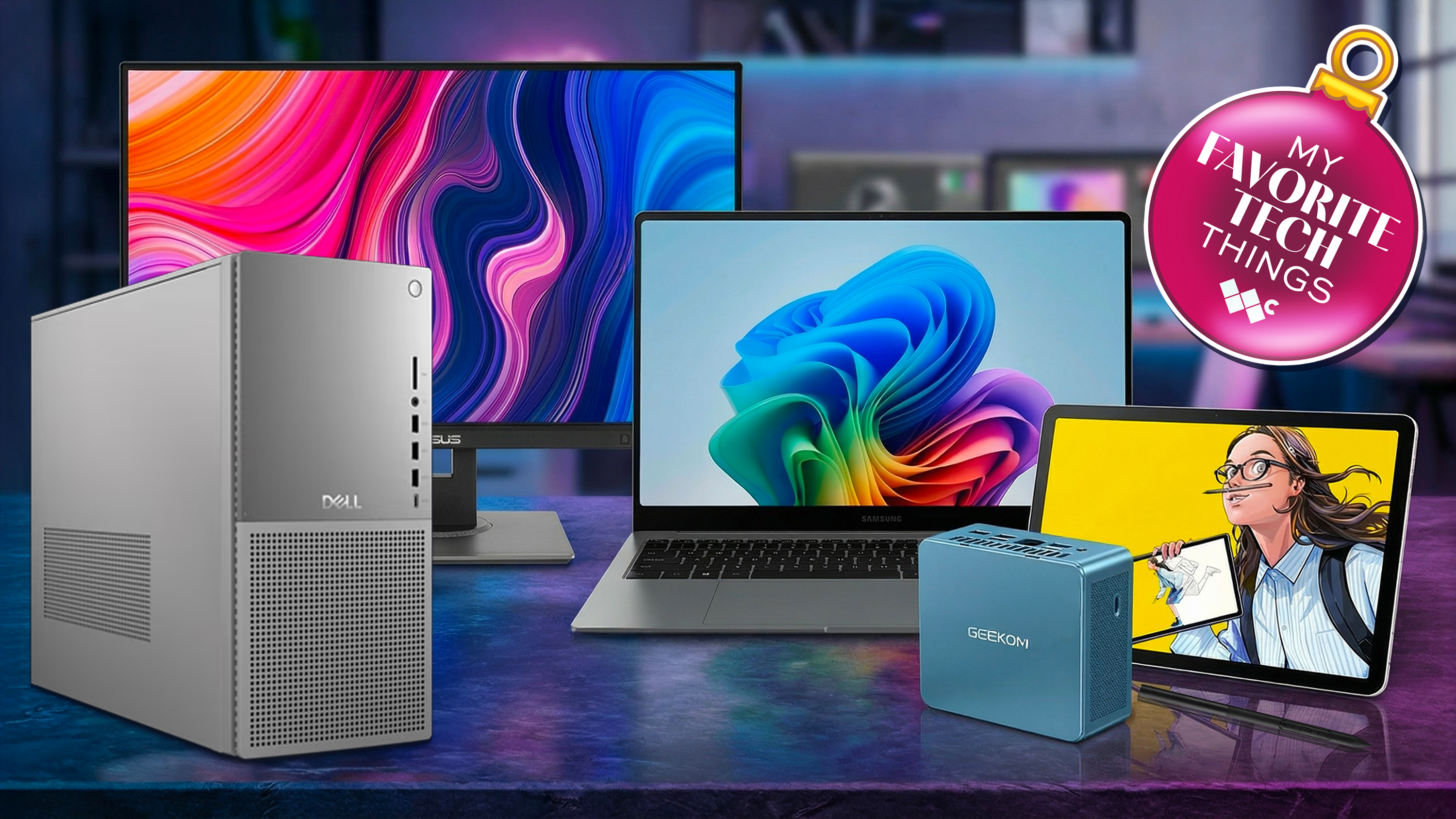SteamOS is officially not just for Steam Deck anymore — now ready for Lenovo Legion Go S and sort of ready for the ROG Ally
The long wait for official SteamOS on non-Valve hardware is finally at an end.

The day has finally arrived that official, Valve-made SteamOS is available on handhelds other than the Steam Deck.
This isn't some sweeping open release, which will put sad faces on some (no SteamOS desktop PC for me), but it is the first full, official support for other handhelds.
Initially, that's the Lenovo Legion Go S, the first partner handheld to ship with SteamOS, and which is releasing imminently. This handheld has full support, while there is "expanded support" for other handhelds, including the Legion Go and ROG Ally.
It's all part of SteamOS v3.7, which has now hit stable for the first time. Aside from the additional handheld support, it's actually a pretty massive update.
Here are some of the headline features:
- Updated to a newer Arch Linux base
- Updated the Linux kernel to 6.11
- Updated the Mesa graphics driver base
- Desktop mode now ships with Plasma 6.2.5
- Added support for frame limiting with VRR displays (internal and external)
- Added Battery Charge Limit control to Settings->Power
- This option allows you to set a maximum charge limit for your Steam Deck.
- Limiting the charge limit to 80% can be beneficial for long term battery health. This can be useful if your Steam Deck is constantly being charged (e.g. docked), or very rarely has its battery depleted.
- Fixed a crash when no displays are connected
- Added official support for the Lenovo Legion Go S
- Improved support for other AMD powered handhelds (like the ROG Ally and original Legion Go)
- Updated the SteamOS recovery image for repairing SteamOS on Steam Deck and Legion Go S. If you would like to test SteamOS on your own AMD powered handheld, you can use this SteamOS recovery image and follow the instructions here.

The Legion Go and ROG Ally are specifically name-dropped, but the caveat to trying SteamOS on another handheld is a simple one. It needs AMD CPU and graphics hardware, and an NVMe SSD "targeted towards handheld devices." So basically, you need a PCIe 4.0 SSD.
That opens up possibilities beyond just the two handhelds named, with those from the likes of AYANEO also running AMD hardware that this could be possible on.
All the latest news, reviews, and guides for Windows and Xbox diehards.
The only flat out exclusion right now is the existing MSI Claw series, since those use Intel CPU and graphics.
If you're feeling it and want to turn your own handheld into a Steam Deck, check out Valve's full installation instructions at your leisure. You'll need a USB stick, and a little bit of time, and not much else.

Richard Devine is a Managing Editor at Windows Central with over a decade of experience. A former Project Manager and long-term tech addict, he joined Mobile Nations in 2011 and has been found on Android Central and iMore as well as Windows Central. Currently, you'll find him steering the site's coverage of all manner of PC hardware and reviews. Find him on Mastodon at mstdn.social/@richdevine
You must confirm your public display name before commenting
Please logout and then login again, you will then be prompted to enter your display name.
